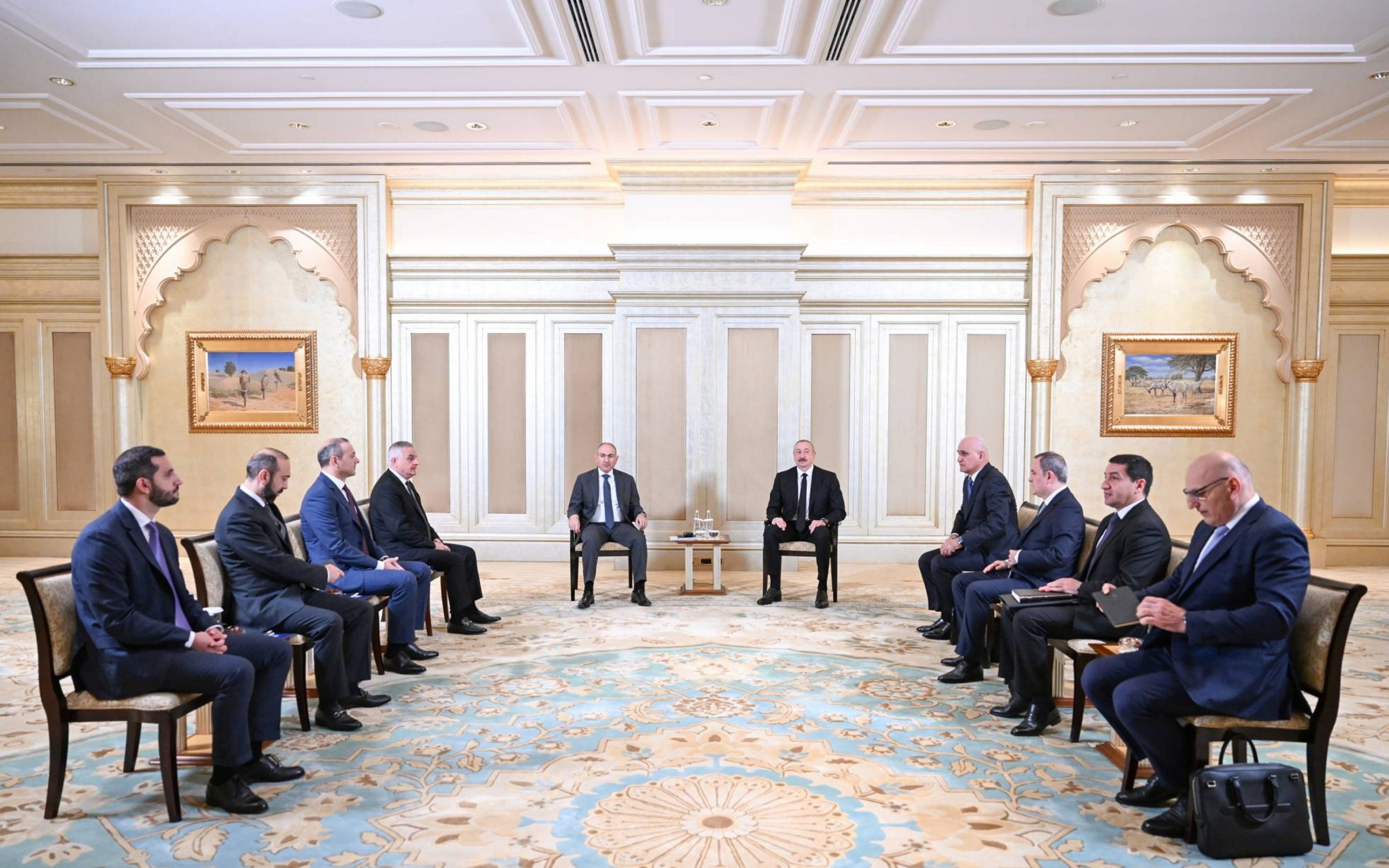Trump’s Renewed Focus on South Caucasus Stability: Aliyev’s Strategic Insights

Trump’s Renewed Focus on Stability in the South Caucasus: Aliyev’s Perspective
The Latest Statement and Its Global Context
Amid ongoing discourse on global affairs, a prominent remark has captured attention, illuminating a significant chapter in international relations. Acknowledgement of American diplomatic engagement in the South Caucasus, specifically regarding the tense interactions between two neighboring states, has resonated across agencies and platforms. The recognition of active mediation and the stated willingness to facilitate resolution reflects a high level of engagement and underscores the lasting complexity of post-Soviet territorial disputes.
Since the early 1990s, the relationship between the two former Soviet republics has repeatedly made headlines due to disputes over territorial claims, creating an environment often described as fragile. The region, with its complex ethnic and geopolitical dimensions, has seen multiple attempts at negotiation and spells of conflict. As a result, international efforts focused on peacebuilding have become central to easing tensions and fostering a more constructive relationship across the strategically significant region stretching between Europe and Asia.
The Recent Evolution of Diplomatic Mediation
Over the past year, momentum has visibly grown in mediation efforts. A notable breakthrough emerged in July, after substantive discussions between the heads of state of the two countries in the United Arab Emirates. These negotiations, facilitated by third-party diplomats, addressed crucial points: border delimitation, transit agreements, and the terms of a mutually understood peace roadmap. Both sides agreed to intensify dialogue, demonstrating a willingness to transition from entrenched positions toward a comprehensive diplomatic settlement.
Simultaneously, coverage from key political figures emphasized a hands-on approach to negotiation, crediting American involvement for progress achieved thus far. The sense of urgency amongst mediators stemmed not only from a desire to conclude a historical dispute but also from understanding the potential for peace to serve as a model for other regions experiencing similar stalemates. As reports confirmed, both governments have signaled intent to formalize results, though—at the time of reporting—a binding agreement awaits final signatures.
Pivotal Developments and the Path Forward
A core component of these talks involves the principle of sovereignty and recognition of borders, an issue that has challenged negotiators for decades. The demarcation of boundaries, establishment of corridors for economic activity, and the fostering of opportunities for future cooperation have arisen as key pillars in the latest round of dialogues. While recent months saw renewed optimism, history urges a careful approach, mindful that implementing the results of negotiation can often prove as challenging as reaching consensus in the first place.
Observers note that Washington’s continued attention to the region points to the global significance of stability in the South Caucasus. The progress that has been made, as acknowledged by regional leaders, underlines the value of constructive international engagement, political will, and consistent dialogue. Regional actors and their international counterparts now have a tangible opening to transform a century-old dispute into a durable peace, echoing sentiments of gratitude for leadership that prioritizes dialogue over conflict.
Understanding the Strategic and Human Dimensions
The South Caucasus holds particular significance due to its intersection of major energy routes and its diverse cultural fabric. Any sustainable peace must address not only political and territorial issues but also consider the broader impact on local communities affected by decades of uncertainty. Achieving normalization is expected to yield positive effects beyond the immediate parties, enabling broader cooperation, economic development, and cross-border interaction throughout the region.
International mediation in this context has gained renewed urgency against the backdrop of fluctuating regional alliances and global security shifts. By emphasizing continued oversight and the prioritization of peaceful negotiation, engaged leaders demonstrate that longstanding disputes are not intractable. The development of new corridors, reopening of communication lines, and reinforcement of international agreements have the potential to reduce friction and foster mutual trust.
Key Terminology and Takeaways
Peacebuilding in this context centers on several fundamental concepts: sovereignty, border demarcation, normalization, economic integration, and multilateral dialogue. Each of these pillars has been frequently invoked throughout negotiations, shaping the technical and political language of official statements and draft agreements. Ultimately, the region’s trajectory will depend on the durability of these frameworks and the commitment of all involved stakeholders to uphold their shared responsibilities.
As leaders and diplomats steer the process, the recognition of constructive third-party engagement remains a recurring theme. The capacity to bridge divides and enable forward progress is frequently cited as essential to achieving a lasting solution. In this climate of guarded optimism, the spotlight remains on the region, its peoples, and the enduring quest for peace, security, and shared prosperity.
